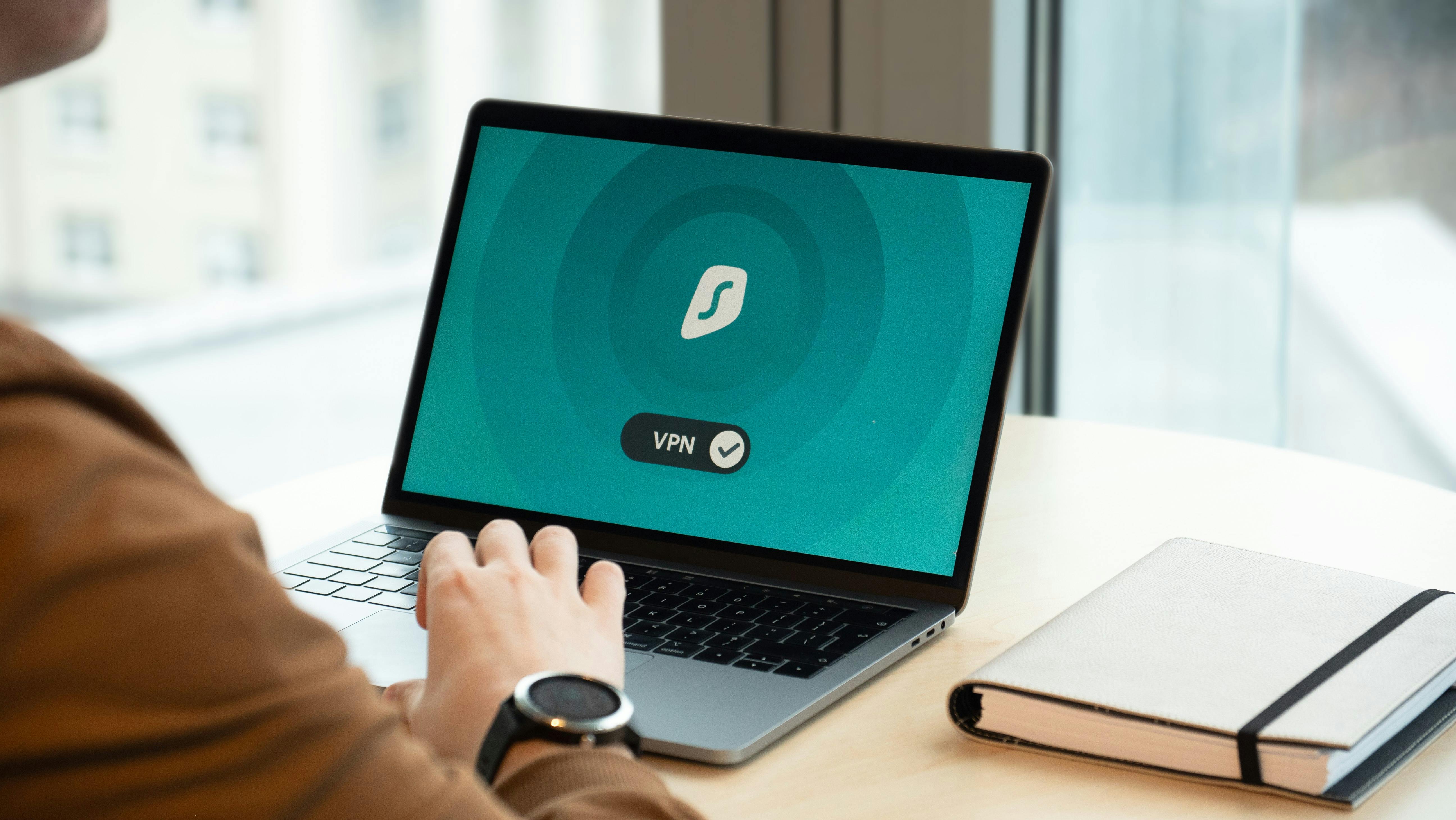Mexico Online Business Security: Simple Steps for Safe Success
Here’s a scenario I see again and again. You’re a Mexican business owner—maybe you launched a Shopify store last year, or you’ve been running your logistics software platform for years—and every single day, the headlines scream: “Another data breach!” “Millions lost to cybercriminals!” It’s all too easy to tune it out. But, believe me, those stories aren’t just scare tactics. If you think cybersecurity is only something for banks or giant e-commerce giants, let me stop you right there. It’s the cornerstone of every truly resilient online business—in Mexico, Latin America, and everywhere else. The reality is, building strong online business security is one of those things that feels overwhelming until you break it down into (dare I say?) simple, achievable steps. And yes, it’s absolutely possible to do this without a PhD, an IT staff of 20, or breaking your budget.
Why listen to me? Because, over 15 years consulting for startups from Guadalajara to Monterrey (and even as far-flung as Tijuana’s tech corridor), I’ve seen smart entrepreneurs—yes, even “tech people”—lose months of revenue and customer trust literally overnight, all because of subtle, preventable security gaps. Funny thing is, most of the real-world breaches I’ve helped businesses recover from started with something painfully basic: weak passwords, a hasty Wi-Fi setup, a short staff “forgetting” a software update. But there’s good news: getting the basics right gives you 80% of the protection1.
Why Security Matters in Mexico Now
Digital business in Mexico has exploded since the pandemic—last year alone, 63% of micro, small, and medium enterprises (MiPYMEs) ramped up their online presence, with e-commerce sales reaching record highs2. That’s brilliant for innovation, but what shocked me was how fast cybercrime followed. According to the INEGI, almost 1 in 5 Mexican firms reported a digital security incident in 20233. The numbers? Astronomical. Mexico is now the second most targeted country in Latin America for cyberattacks, right after Brazil4. That’s not some abstract headline—it’s your business, your bank accounts, your reputation on the line.
I used to tell myself, “Hackers go after the big fish,” until a colleague’s startup (fewer than 10 people!) lost a month’s revenue when ransomware crippled their PayPal checkout. That was the wakeup call.
If you manage customer data, process payments, or even just use work email, you are a target. Security is no longer optional for businesses of any size in Mexico. Accepting this reality early is the simplest, most cost-effective risk reduction step you can take.
Did you know?
Mexico has the highest number of e-commerce transactions per capita in Latin America—but also the highest rate of online fraud attempts, according to the Mexican Banking Association’s 2024 annual report5. That duality means opportunity and risk walk hand in hand here, more than almost anywhere else.
What Threats Are We Facing?
Pause and consider. What actually puts your online business at risk, especially here in Mexico? Let me paint the picture:
- Ransomware attacks that lock your systems (these skyrocketed 85% in Mexico last year)6
- Phishing emails that trick your staff into clicking fake links or giving away passwords
- Website defacement or denial of service attacks (bringing down your site in minutes)
- Social engineering—scammers posing as banks, suppliers, even your own staff
And what struck me most is this: While Mexican cybercriminals do exploit big companies, 40% of attacks actually focus on small and medium firms—because, frankly, it’s easier. I’ve seen firsthand how a minor overlooked patch or a single “password123” account can unravel months of hard work. Clients always ask, “Are there really ‘hackers’ targeting us?” But most attacks aren’t high-tech or cinematic; they’re opportunistic, spraying thousands of emails or scanning for last year’s WordPress bug. It’s not about being famous. It’s about being unprepared.
- Sudden requests for payment method changes (classic scam tactic)
- Staff logging in from strange devices or locations
- Unusual popups or slowdowns—sometimes the earliest sign of malware
- Emails with urgent demands or odd links—don’t click, verify instead!
The good news is, every threat here can be significantly reduced with a handful of practical steps. So, where do we start?
Laying Security Foundations: Simple Steps
Let’s ditch the jargon. In my experience, “security” gets overwhelming when we jump straight into firewalls and encryption keys. What I consistently find—the common thread in every business saved from disaster—is a culture of basic digital hygiene. Here’s what matters most (and yes, the order is deliberate, based on hard-won lessons):
- Set strong, unique passwords everywhere.
I cannot stress this enough. Don’t reuse company passwords for anything personal. And please, for the love of all that is secure, turn on two-factor authentication (2FA) on every app that allows it. - Update your systems—constantly.
Yes, those “annoying updates” matter. 60% of successful attacks last year in Mexico targeted known, already-patched vulnerabilities7. - Back up everything—offsite.
Clouds are great, but you absolutely need periodic backups that cannot be encrypted or deleted by hackers. An external hard drive you unplug, for instance. - Train your team to spot scams.
From your cousin managing marketing to your freelance bookkeeper, make “security” part of regular discussions. (And no, you don’t need a dedicated IT trainer. Simple reminders work wonders.) - Know what tech you use.
Keep a simple inventory: website host, payment processor, order management tool. It helps you react quickly and update efficiently.
Key Tools & Tactics You Can Use Today
Let’s get actionable—because theory is great, but simple steps, done consistently, deliver results. Over the years, I’ve noticed the biggest difference between businesses that weather breaches and those that crumble isn’t expensive tech. It’s practical discipline, prioritizing people over products, and—this part surprises skeptics—using free or low-cost tools masterfully. Here’s what I recommend to my own clients (and, yes, I use these with my own consultancy as well):
- Password Managers: Tools like LastPass or Bitwarden securely store unique passwords—and can auto-generate strong ones for you. Stop trying to “remember” everything. Use tech so you can focus on business, not memorization8.
- Secure Wi-Fi: Set a strong home/office Wi-Fi password; never use default settings from your provider. Hide your network’s SSID if possible (bonus points) and avoid public Wi-Fi for work logins.
- Firewall & Antivirus: Even basic, free solutions from reputable vendors provide massive protection. But—here’s the trick—run the updates! Outdated antivirus is almost as bad as none at all.
- Ransomware Protection: Run regular, offline backups as outlined above. If you can afford it, look for “rollback” tools built into your OS (Windows, Mac, Linux all have versions).
Centralize critical business data in as few systems as possible. The more “random apps” you use (especially those offering “free trials” with little support), the faster your risk increases.
Now, the big one: Human error is the #1 risk. Nearly 70% of Mexico’s digital security incidents in 2023 involved mistakes, not high-tech hacks9. I’ve reviewed dozens of real incidents, and the common thread is almost always a well-meaning owner, manager, or junior team member who clicked the wrong thing or fumbled a response. Yes, even (maybe especially) the “techie” ones.
So—make security social. Share stories with your team about close calls (or actual incidents). Last time I forgot to update a plugin, a friendly reminder from my partner was the nudge that saved us.
The Human Factor: Real Case Example
What I should have mentioned first: Transparency beats silence. If you suspect something’s off—a supplier requests money transfer changes, or a strange login pops up—pause before reacting. Breadcrumbs make discovery easier for pros and law enforcement later.
- Schedule your next “Security Day”—literally 30 minutes for password changes and updates.
- Draft a simple “what to do if…” card for your staff. List: “If you get a strange email, don’t click. Notify [who?], and document what happened.”
- Use cloud platforms with Mexican data residency (Google, Microsoft, etc. have Mexican data centers—critical for compliance)10.
- Verify all third-party app permissions. Revoke anything unused.
Sample Security Checklist Table
| Task | How Often? | Responsible | Tools / Note |
|---|---|---|---|
| Change passwords | Quarterly | Owner / IT | Password manager |
| Software updates | Monthly (min) | All team | App notifications |
| Security training | Every 6 months | Management | Online video / HR |
| Cloud backup check | Every 2 weeks | Owner or IT | Cloud app dashboard |
Stories from Real Mexican Businesses
Here’s where things get real. Let me walk you through two recent Mexican cases—one tech startup, one family business—that I’ve worked with or personally documented. These aren’t just cautionary tales; they show how the simplest changes can swing a business from disaster to durable.
Case 1: Guadalajara SaaS Startup Rescue
What really sticks with me is how even a young, highly technical team tripped up on basics: a new developer misread a spoofed Slack message, and—poof—an admin credential was exposed. The only thing that worked? They’d enforced two-factor authentication and documented exactly what to do in emergencies. On reflection, it wasn’t “fancy tech” but ordinary preparation.
Case 2: Puebla Family Shop Lessons
On second thought, the single greatest lesson here: don’t share passwords—ever. Even “trusted” suppliers or family. Everything else can be fixed.
Are your business email and shop passwords unique? When did you last change them? Pause for a second. If you can’t recall, set a “security reminder” right now.

Next-Level Security: For Growing Teams
Okay, let’s step back: by now, you’ve got the basics nailed, or at least have a plan. But what about when your company grows—hiring new staff, expanding sales channels, integrating third parties? I used to think building sophisticated security was a luxury only for corporates. Now I know: midsize businesses with layered defenses recover fastest and build long-term customer trust11.
Here’s what I’ve consistently seen work—no matter your tech stack or budget:
- Enforce “least privilege” access. Every user only gets access to what they really need (not “give everyone admin”). Rotate permissions as roles change.
- Use audit logs & alerts. Even the simplest SaaS allows you to see who did what, when. Get alerts for admin logins or mass downloads—these are the first signs of a breach.
- Draft a basic incident response plan. Write a (one-page) checklist: “What to do if we’re hacked, if data is stolen, if payments are blocked.” This makes all the difference when every minute counts.
- Test your backups periodically. Recent data is great. Restorable data is better. Don’t wait for a crisis to find out your backup failed three months ago.
- Vet suppliers and partners. In Mexico’s tightly knit business ecosystem, your exposure often comes from a “trusted” third party. Ask them about their own basic security controls.
Simple Vendor Security Checklist
| Vendor Security Practice | Why It Matters |
|---|---|
| Uses two-factor authentication | Reduces risk of unauthorized access to your orders/finance |
| Runs regular software updates | Fewer known vulnerabilities are left open to attackers |
| Provides incident reporting timeline | Lets you respond quickly if something goes wrong on their side |
Use a “trust but verify” approach. When onboarding suppliers, simply ask: “How do you handle data security and privacy?” If they can’t answer directly, reconsider the partnership.
Regulatory Reality: Mexico’s Data Protection Law
If your business processes customer personal data (“datos personales”), you’re subject to the Federal Law on Protection of Personal Data Held by Private Parties (LFPDPPP). I used to get lost in the legalese, but here’s the simple takeaway: Document your privacy policy. Get customer consent where required. Disclose data breaches promptly. Penalties are no joke—fines up to $1.5 million MXN were levied in 2023 against firms failing to notify12.
- Publish a privacy notice on your website (use clear, simple language).
- Get customer consent for data you collect (most e-commerce and SaaS tools support this).
- Disclose significant data breaches to both customers and the authorities promptly.
Securing Social Media & Digital Presence
I have to say, in the last year, attacks on social channels have spiked: cloned WhatsApp numbers, phishing DMs, Facebook page hijacks. These aren’t “just marketing headaches”—they’re direct threats to business continuity and customer trust. Here’s how to shield your digital brand:
- Activate 2FA on all business social media accounts, and avoid connecting through shared devices.
- Only admins should create posts or ads—no “generic” staff logins, ever.
- Monitor for impostor accounts or spam comments, and report immediately via platform support (Meta, Twitter, LinkedIn now process fraud requests for Mexican businesses faster than ever13).
Monitoring & Response Plan Template
- Set up email/SMS alerts for new logins or password changes
- Schedule monthly “social media audits” to check for spam, unauthorized messages, or odd posts
- Maintain a current list of official account URLs on your website for customers to verify authenticity
Think your socials are “just fine”? Try logging in from a new device today—see how easy it would be for an outsider to access. Many breaches start this way.
Putting It All Together: Your Security Game Plan
Let’s tie it all together. Security isn’t a one-off checklist or something handled “by IT.” It’s a living, breathing culture—rooted in habits, relationships, and constant communication. If there’s a single theme to remember from this entire guide, it’s this: Simple steps, done consistently, outrun even expensive tools. Having made my share of mistakes, backtracked during unexpected incidents, and evolved my views (especially as technology and threats changed fast in Mexico since 2021), here’s what stands out:
- Start with the basics: unique passwords, updates, regular backups.
- Build a human-centered culture. Normalize talking about mistakes; audit together and share responsibility.
- Understand your business’s specific risk. Map your assets, your tech stack, and your team’s real-world habits.
- Implement the simple checklists and tables from above—adapted to your actual workflow and context.
Don’t let “perfection” get in the way of real progress. Much like launching your business itself, the very act of improving, little by little, puts you far ahead of those still ignoring risk. Revisit your plan every quarter. Update checklists as threats change. Celebrate when (not if!) your process spots something suspicious before it grows.
And, finally, remember: Cybersecurity in Mexico is a community effort. Collaborate with peers, tap into national resources, and join business networks exchanging real-world stories. Stay curious—share what works (and, just as important, what didn’t) with local colleagues. That’s where the strongest defense is built.
Pick one step from this guide and implement it this week. Tell your team, family, or partner you’re doing it. Track the result—and use it as momentum for your next improvement. Security is a journey, not a destination.
References & Further Reading



